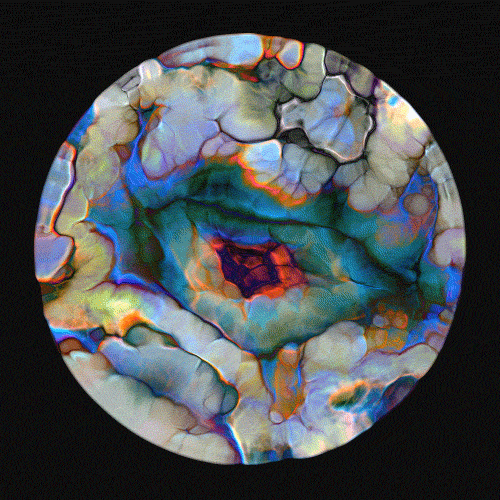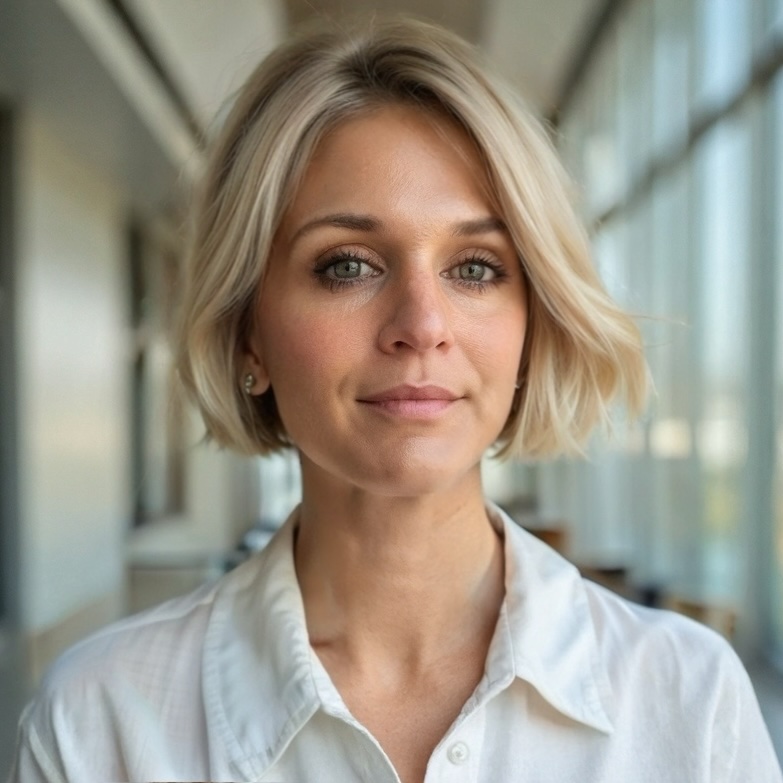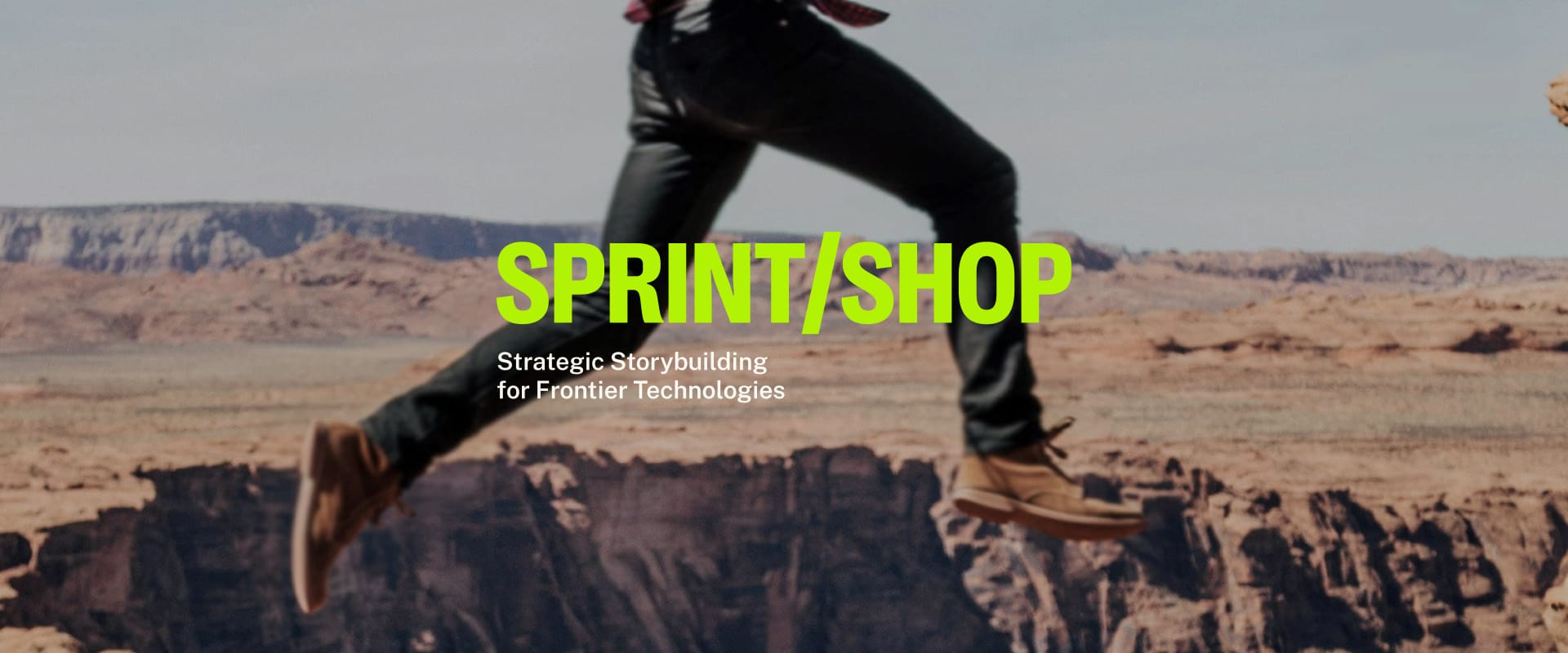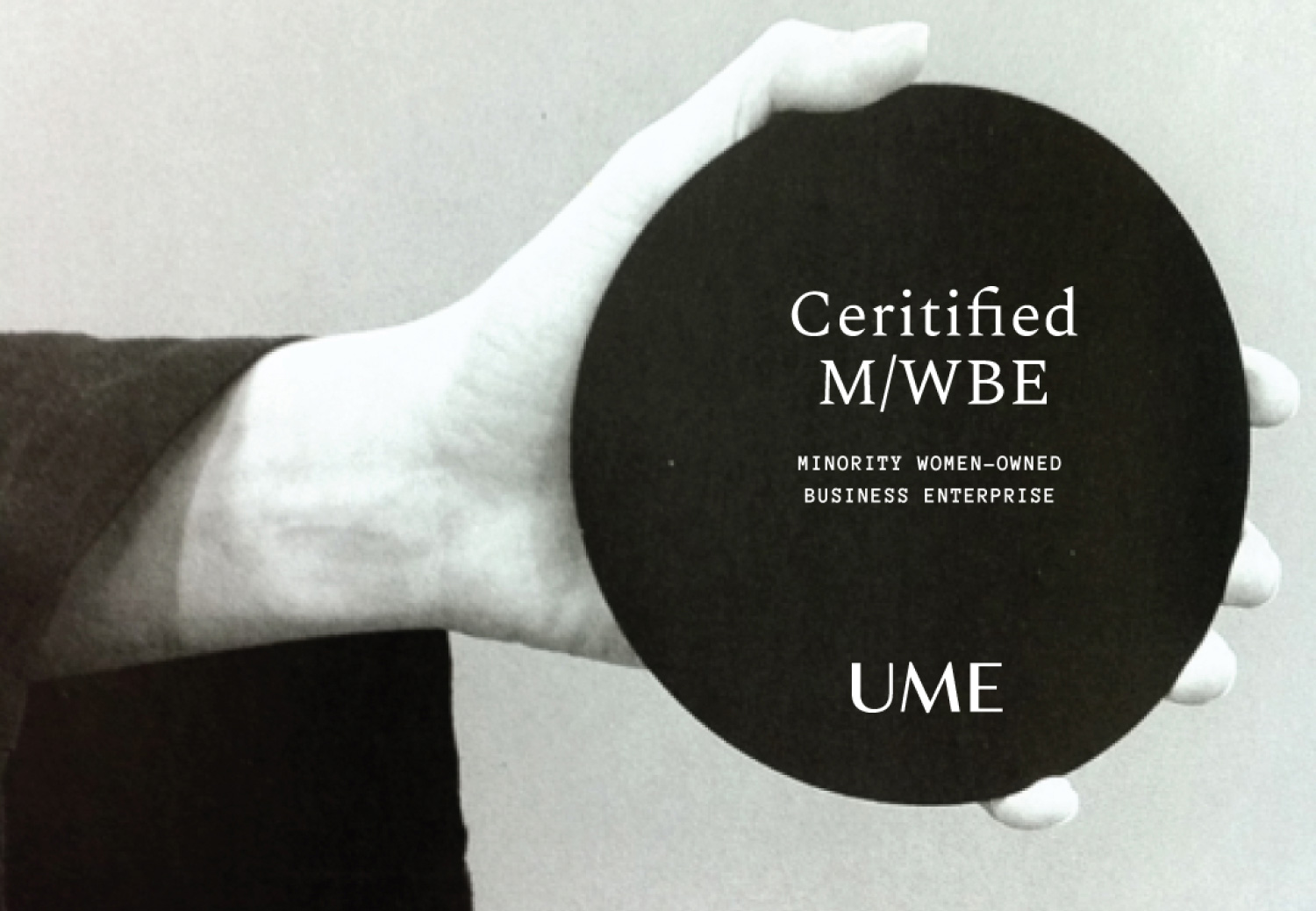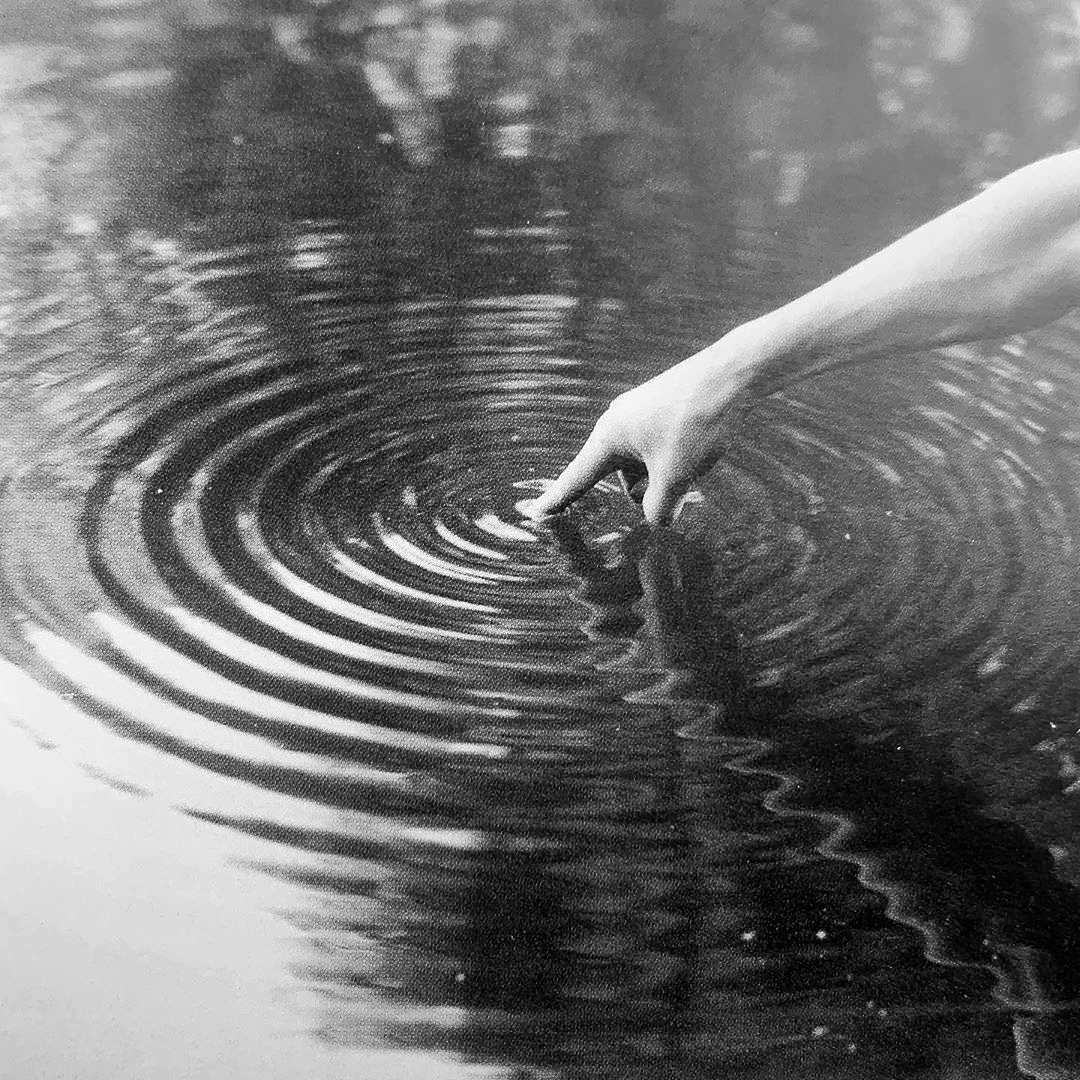Lessons from the UME Rebrand
UME Is Dead! Long Live UME!
It had been on our list for no less than eight months. But one day, my co-founder and I knew that it was finally time to just do it. The journey was surprising, even for experts who have guided hundreds of organizations through the process.
So we wanted to let you in on how we knew it was time, what we learned being in the client’s seat, and what we hope to gain from investing in our own rebrand.
How did we know it was time?
At UME, we are constantly advising founders about the right time to invest in branding. While the answer depends on your growth stage and business goals, a good rule of thumb is that your brand should capture your spirit, inspire your team, and challenge you to stretch into your specific strategic potential. We knew it was time for UME because:
- We had outgrown our brand. The previous UME brand (RIP darling) reflected our values, depth and craft, but we had become so much more: experts in decoding and commercializing complex emerging technologies. We have a unique ability to help client partners win over both highly-technical and genpop audiences alike.
- We had gotten more specific. Because we believe in reimagining our relationship to people, power, and the planet, UME had narrowed our commitment to specific industries: web3, AI, climate, and caretech. So, our previous positioning, decks, and website began to feel outdated.
- We were feeling the cost. What we said about UME was not reflected in what we looked like. And while that dissonance may not have impacted those who knew us well, we lost at least some new business to competitors who appeared to have more niche expertise. We had to work harder to explain who we were and make the case for UME.
As any founder knows, there’s never a convenient time to pivot to an internal project that takes you away from running your business. But there is a right time. And this was it.
What did we learn?
- Internal projects need an owner. Doing justice to our own transformation requires the same rigor we’d demand for any client, because it's tempting to deprioritize when it's "just" internal. The mechanics matter—bringing in the right stakeholders at the right time, setting clear expectations, creating space for meaningful feedback, managing people, and workflows. These separate productive creative tension from chaos. You need a dedicated owner who can hold you accountable when other priorities feel more urgent. (Thankfully, ours was superb!)
- Fresh perspectives are a must. It's nearly impossible to think beyond what you know when you're swimming in it daily. We leaned on team members to bring new ideas, challenge old assumptions, point out blindspots, and hold us accountable.
- Getting there takes time. Knowing what to shed, what to keep sacred, and what to stretch into—it's deceptively complex work. Even when the strategy feels clear, the visual and emotional expression of that strategy requires patience and iteration. What seemed like small preferences often revealed deeper questions about who we wanted to become.
- We have even more empathy for clients. Being on the receiving end felt more vulnerable than we imagined. We were struck by feelings of uncertainty, and had to tell ourselves (like we have told hundreds of clients) to trust in the process. The moments of doubt, the attachment to familiar elements, the impatience with timelines—we felt it all.
What do we hope to gain?
We want to grow in four areas.
- Reputation: as the design studio for frontier innovation—the place where founders, marketers, and investors know to come when they need someone who truly understands emerging tech. We want you to know exactly when and why to reach out.
- Business: by partnering with even more startups who share our values and are ready to scale, while continuing to attract the kind of global talent that makes this work possible.
- Model: by proving that committed collectives are a financially scalable and (we argue) creatively superior way forward for creative professional services.
- Impact: on the mission that drives us: ensuring emerging technologies preserve human dignity, protect our planet, and reimagine how we share power.
What about you?
If you're reading this and wondering whether it's time for your own brand evolution, we hope our journey offers some guidance. The vulnerability is real, but so is the growth that comes from stepping into who you're daring to become.
–
A deep bow to the project team who developed the new UME brand and brought it to life—Amie Colosa, Christie Ha, Maggie Carr, and Sneha Sankar—and to the entire UME collective for providing your invaluable support and for being our muse.
